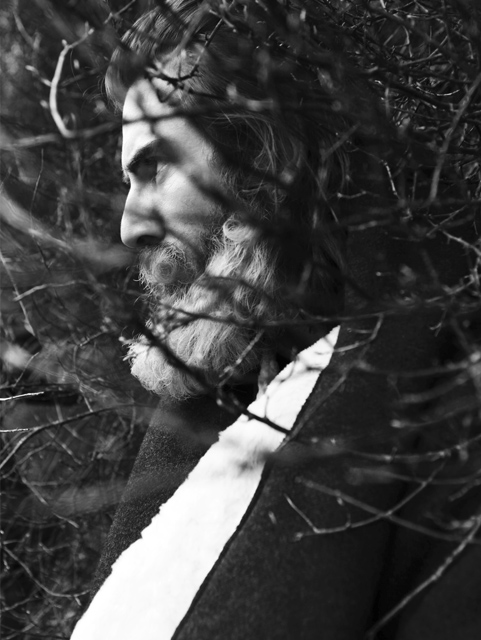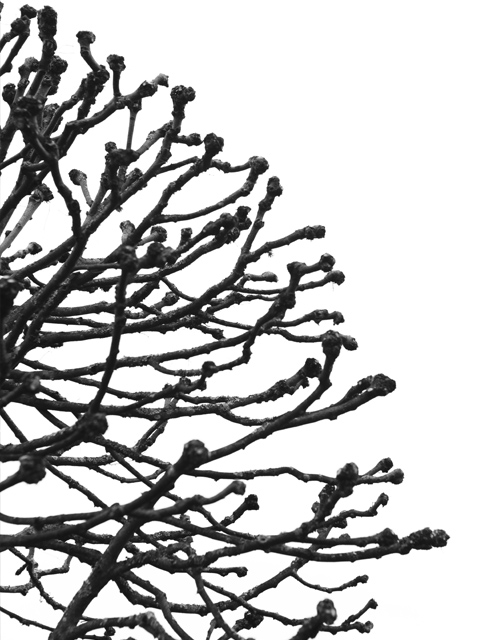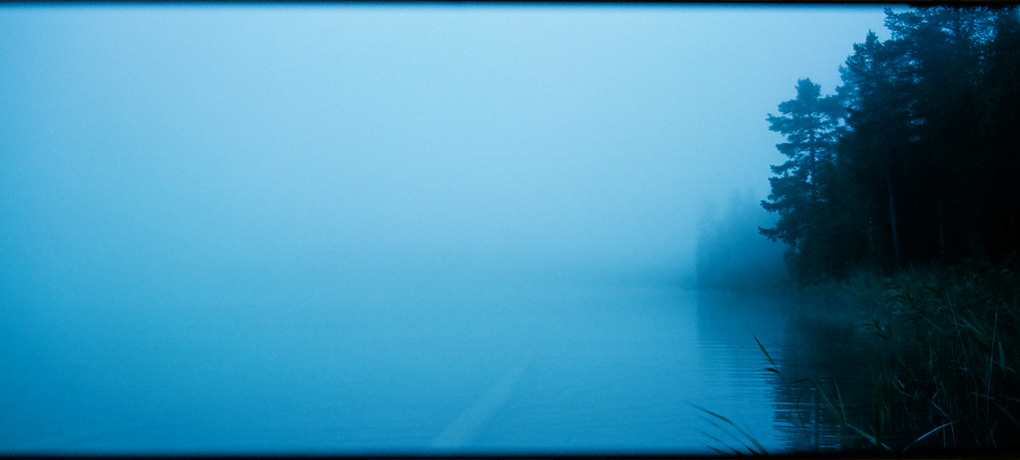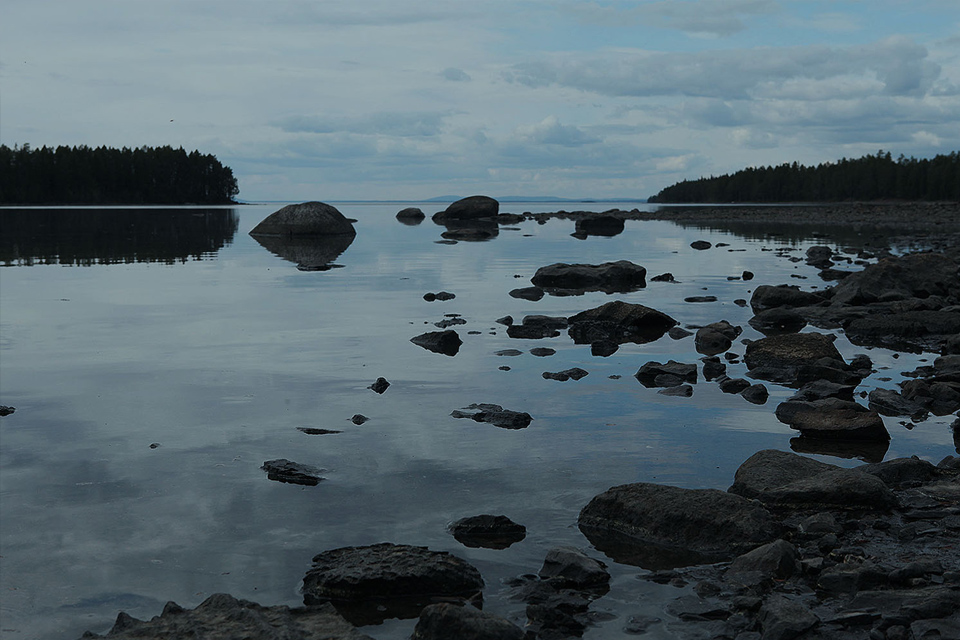The Light of the Nordic Noir
February 2021
writer: Agata Mayer
The contrasting depiction of the North by John Bauer, a masterful illustrator and champion of children’s imagination, features both the fairy tale-like scenery, populated by strange creatures derived from Swedish folklore, and its more sinister, dark and mystical counterpart, bringing to mind Nordic shamanism and ancient Scandinavian sagas.
Bauer’s pictures have captivated entire generations of Swedes. It was believed that nature was the creation of mischievous trolls, mighty dwarves, unruly elves and deceitful witches hiding amidst the dense southern forests of Småland or the remote highlands of the Sami people. Imagination springs to life when fed with stories of fabulous creatures in a world ripe with magic, spells and runic powers.
The alluring charm of the infinite North, the ever-present bond with nature and the fondness for unusual light, corresponding with “the light of the soul”, have been the long-standing subject of scholarly and artistic pursuits, as seen in Scandinavian literature, painting, illustration, photography and cinema. This is hardly surprising, considering that the natural light and landscape of the Scandinavian Peninsula feel very unique and distinct, even when compared with other countries located within the same climate zone. The sapphire hue of polar dusks and fog-covered forests dotted with lakes became the color of choice for Scandinavian painters at the end of the nineteenth century. Also in literature and drama, the North’s melancholy, established as part of the national romantic sentiment and set against the harsh natural scenery, has added a supplementary emotional layer. Regardless of the artistic genre, the recurring Scandinavian theme of supernatural gloom serves as a means of expressing existential moods and doubts.
Of note in this context is the fact that artists often struggle with various illnesses, addictions and inner demons in real life, engaging in the creative process while intoxicated or under great suffering. This is why the world seen through their eyes is so intriguing and mentally engrossing. While being very complex and difficult to comprehend for the average audience, it is all the more genuine and worthy of respect. It is also harmonious and minimalist. This is the land of the Vikings that I discovered during long months of travel across native forests and mountains, learning local culture and ancient customs as well as capturing the experience through photos and small-size negatives.
The melancholy of the North is different from that of Italy or France, defined by the South’s daylight, blissfulness and cheerful sadness, a product of Mediterranean culture. Here, melancholy manifests itself with all-encompassing feelings of loss and degradation, an air of Nordic noir in the vein of crime fiction by Mankell or Larsson, a metaphor of social sentiments, bringing into view the stark reality and dark side of a welfare state. The overall impression is in turn amplified even further through infernal images of corrupted nature, emanating primeval chaos and a sort of inexplicable derangement, as seen in the eccentric output of the controversial Danish director Lars von Trier.
Take Ingmar Bergman for example, a humanist luminary and champion of the “vemod” mentality, whose cinematic narratives usually revolve around reflecting upon life, faith and death, musing on the transitional aspect of existence and the loneliness of the human being, and facing the mystery of nature understood as the supreme deity. He pushed Scandinavian cinema in a new direction, reaching beyond established boundaries, tackling complex notions and reducing imagery to the bare minimum. I have always been of the opinion that Nordic noir, which I delved into after getting back to Stockholm in 2016, is not far away from Scandinavian minimalism. After all, both aesthetics value impression, toned-down colors, harmony and simplicity, drawing upon Scandinavia’s unique exoticism.











